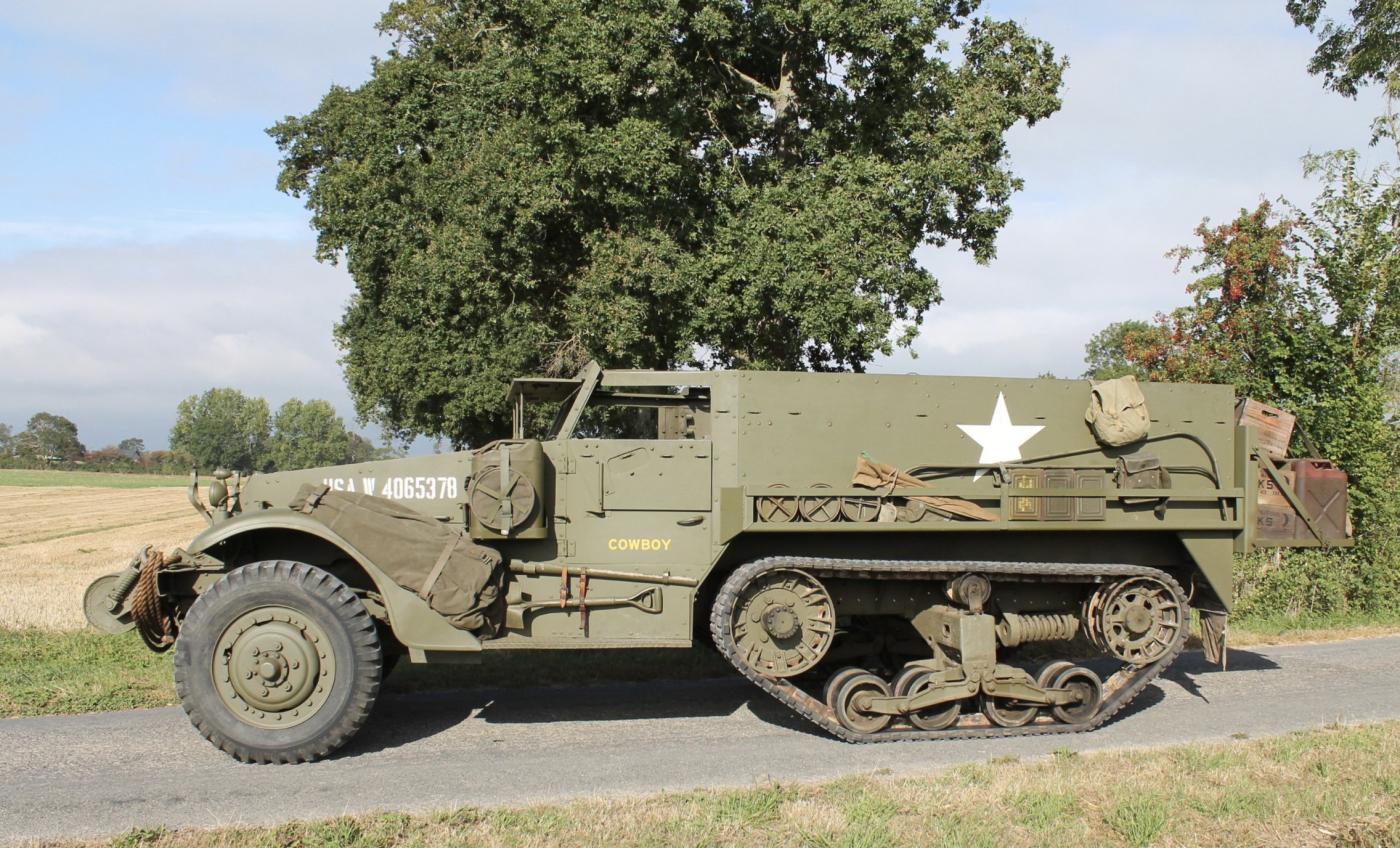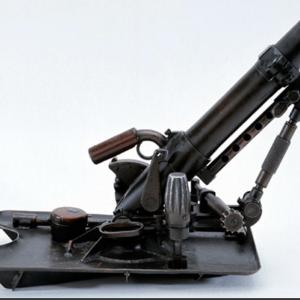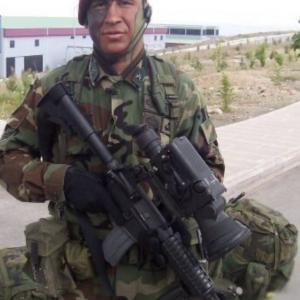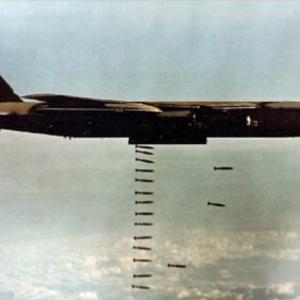
M3 Whyte Half Track
The M3 White Half-Track was one of the most iconic and versatile armored personnel carriers of World War II, playing a crucial role in the mobility and mechanization of the U.S. Army and its allies. Developed as part of a family of half-tracked vehicles, it was designed to transport troops, tow artillery, and serve in various combat and support roles across multiple theaters of the war.
Its origin can be traced back to the U.S. Army’s efforts in the late 1930s to improve mobility for infantry and support units. The Army sought a vehicle that combined the off-road capability of tracked vehicles with the speed of wheeled ones. This led to the concept of the half-track, which used conventional front wheels for steering and continuous tracks at the rear for traction. The design was based on earlier models like the M2, a shorter version used for reconnaissance and artillery towing.
The White Motor Company was the principal designer and early manufacturer. Due to high wartime demand, production was also carried out by Autocar and Diamond T. From 1941 to 1945, more than 41,000 units were built, making it one of the most widely produced armored vehicles of the war.
It was powered by the White 160AX, a 386-cubic inch (6.3-liter) inline-six gasoline engine delivering about 147 horsepower. This gave the vehicle a top road speed of around 45 mph (72 km/h), impressive for its size and role. Known for mechanical reliability, it could operate in harsh environments—from North Africa’s deserts to the forests of Europe and Pacific jungles. Easy maintenance and widely available parts helped reinforce its solid reputation with Allied troops.
Capable of carrying up to 13 soldiers, including the driver, the vehicle offered decent armor protection against small arms and shrapnel. Its open top exposed it to certain threats, like airbursts or strafing, but also allowed excellent visibility and ease of communication and weapon deployment.
Adaptability was one of its greatest strengths. The standard configuration often included a .50 caliber M2 Browning heavy machine gun mounted above the passenger seat. Additional .30 caliber machine guns could be mounted along the sides. Some variants, like the M16 Multiple Gun Motor Carriage, featured quad .50 caliber guns for anti-aircraft roles. Other versions served as mortar carriers, command vehicles, or were equipped with anti-tank weapons.
The vehicle served across all major World War II theaters and was widely used not just by U.S. forces, but also by British and Soviet troops via Lend-Lease. Its versatility made it invaluable for troop transport, medical evacuation, artillery towing, and mobile command roles. After the war, many remained in service with foreign militaries and saw action in later conflicts, including Korea and the Middle East.










